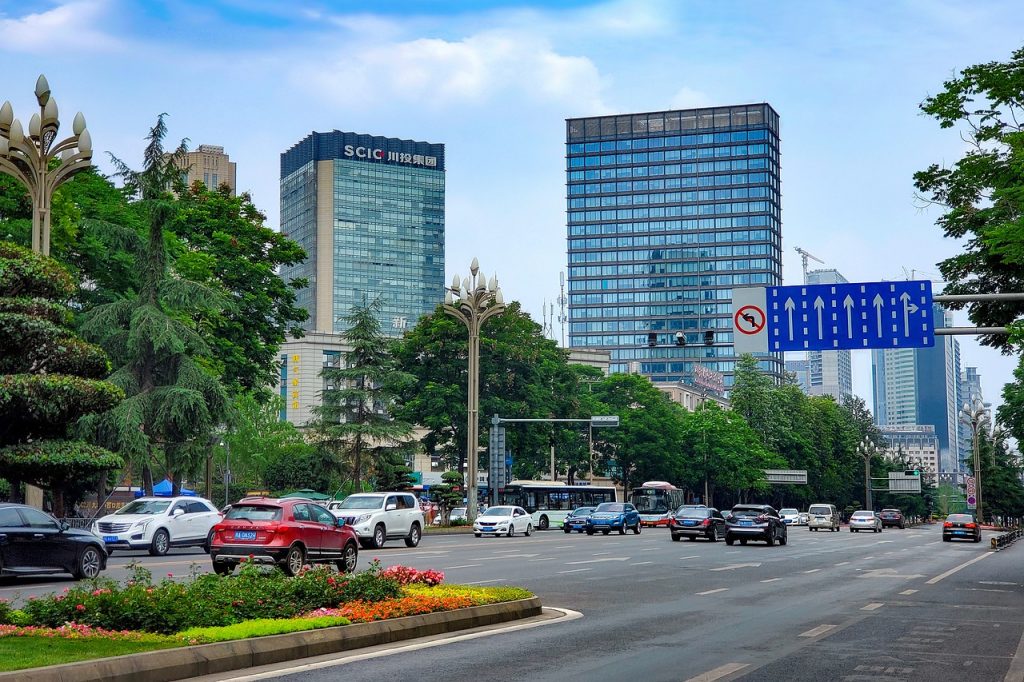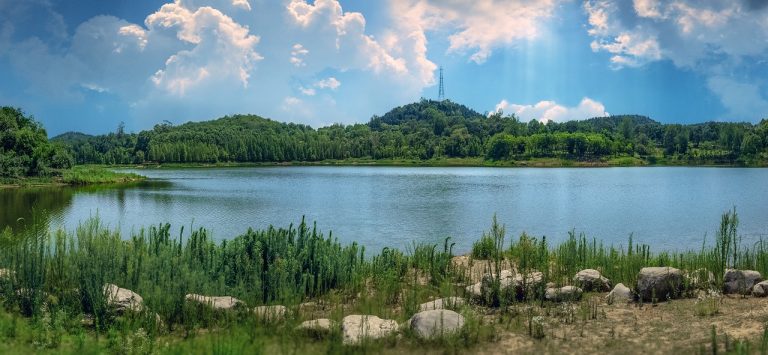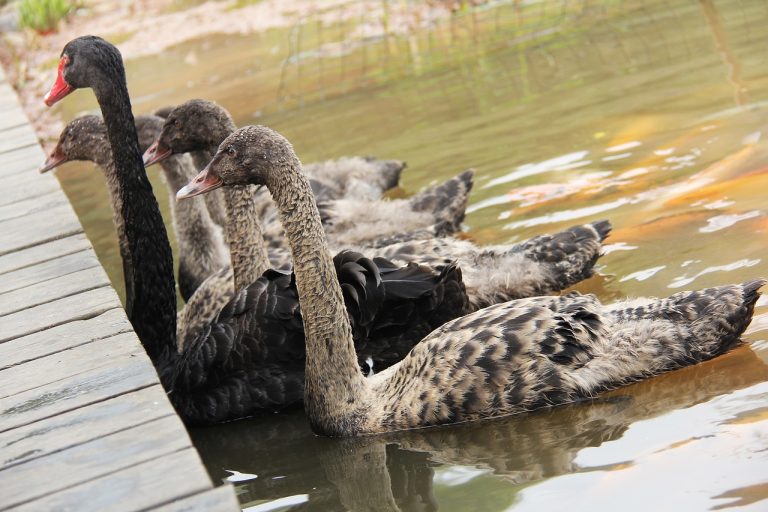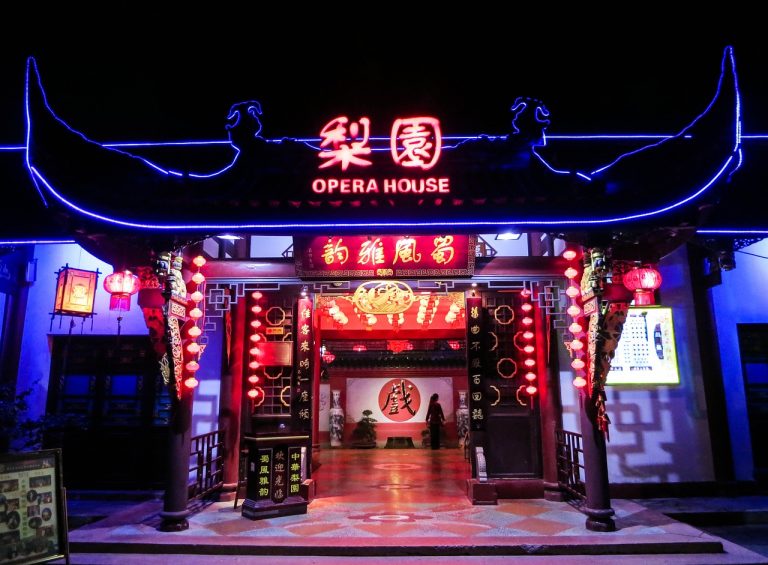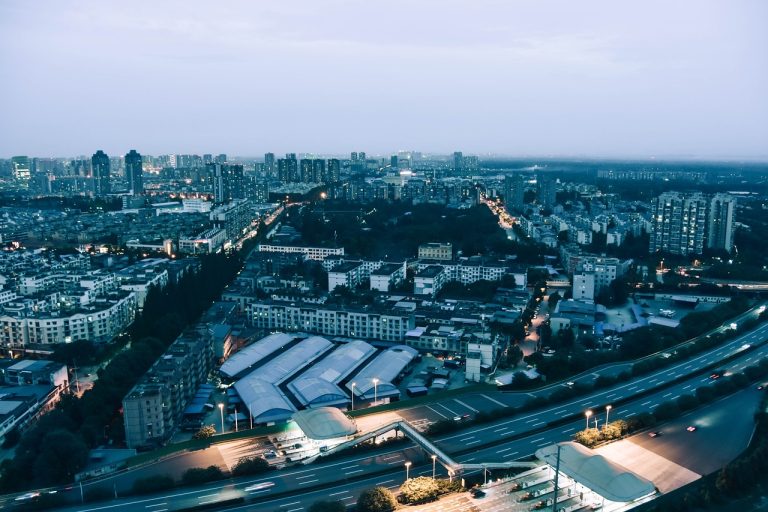Chengdu China Video
Historical Treasures of Chengdu China: Reliving the Past
Chengdu, the capital city of China’s Sichuan Province, is not only known for its vibrant culture and delicious cuisine but also for its rich history and historical treasures. This article delves into the enchanting historical sites that allow visitors to relive the past and discover the city’s fascinating heritage.
1. Wuhou Shrine
Keywords: Wuhou Shrine, historical site, Three Kingdoms period
The Wuhou Shrine, also known as the Memorial Temple of Marquis Wu, is a famous historical site in Chengdu that commemorates Zhuge Liang, a prominent figure from the Three Kingdoms period. This beautifully preserved shrine offers a glimpse into ancient Chinese architecture and showcases various relics and statues related to Zhuge Liang and other historical figures. Visitors can explore the tranquil gardens, admire the intricate wood carvings, and learn about the rich history of the Three Kingdoms era.
- Exquisite Architecture: The Wuhou Shrine features traditional Chinese architectural elements, including intricate roof decorations, ornate gateways, and elegant courtyards.
- Historical Relics: Inside the shrine, visitors can view a collection of historical relics, such as ancient calligraphy, paintings, and stone tablets, providing insights into the cultural significance of the Three Kingdoms period.
- Garden of Bamboo: The shrine is surrounded by a serene bamboo garden, offering a peaceful retreat for visitors to relax and appreciate the natural beauty.
- Statues and Sculptures: Various statues and sculptures depicting Zhuge Liang, Liu Bei, and other notable figures from the Three Kingdoms period can be found throughout the shrine.
Chengdu China Image 1:
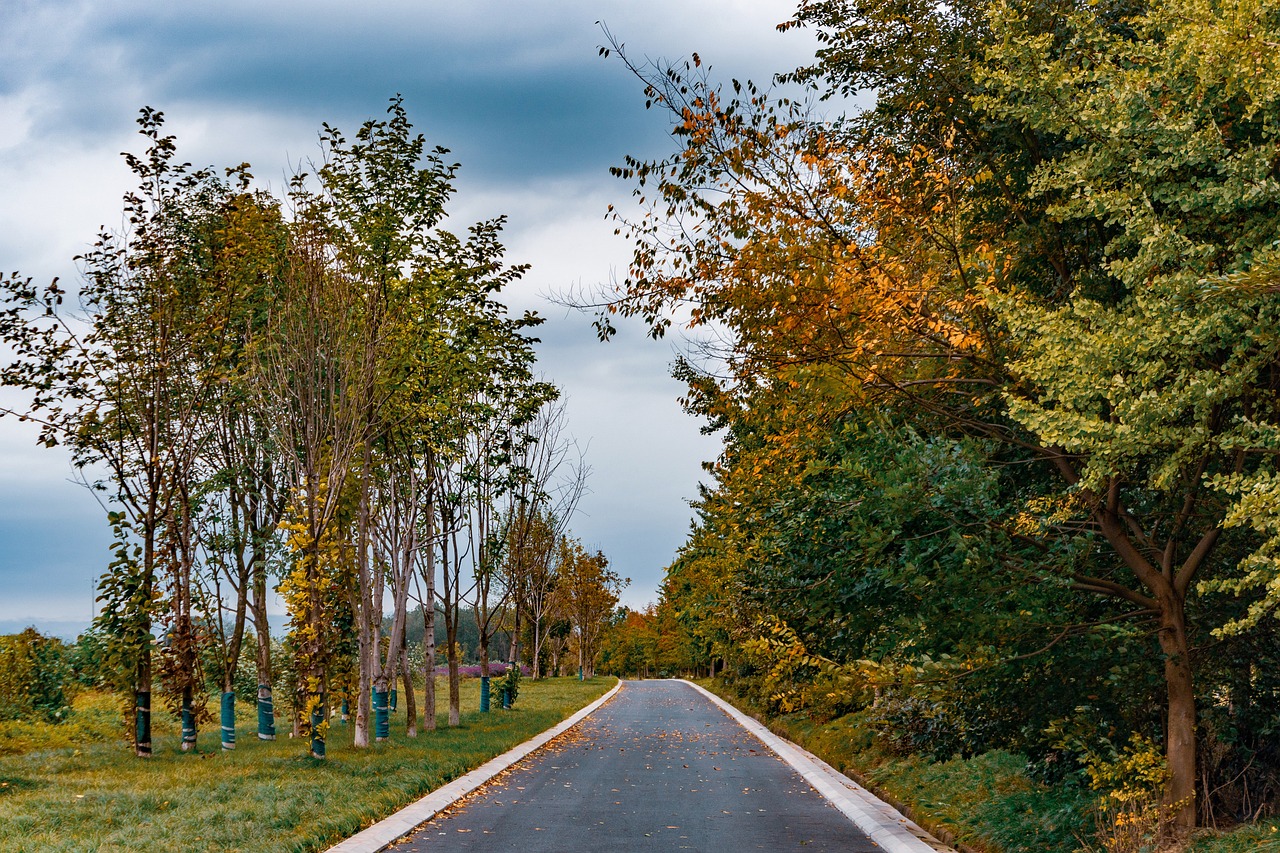
2. Jinsha Site Museum
Keywords: Jinsha Site Museum, ancient civilization, archaeological discoveries
The Jinsha Site Museum is a remarkable archaeological site that offers a glimpse into an ancient civilization that thrived in the Chengdu region over 3,000 years ago. Discovered in 2001 during construction work, the site has yielded numerous artifacts, including gold foils, jade objects, and intricate bronze masks. The museum provides a comprehensive overview of the excavation findings, allowing visitors to delve into the mysteries of this ancient culture.
- Archaeological Excavation: The Jinsha Site Museum showcases the ongoing archaeological work at the site, offering visitors a chance to witness the discoveries firsthand and learn about the excavation process.
- Golden Sunbird: One of the most famous discoveries at the site is the Golden Sunbird, a symbol of the ancient civilization’s prosperity and artistic excellence.
- Exhibitions and Artifacts: The museum houses a vast collection of artifacts, including gold and jade objects, pottery, and bronze masks, which provide insights into the daily life, rituals, and beliefs of the ancient civilization.
- Interactive Displays: Visitors can engage with interactive displays that showcase the techniques used by ancient craftsmen and explore the cultural significance of various artifacts.
Chengdu China Image 2:
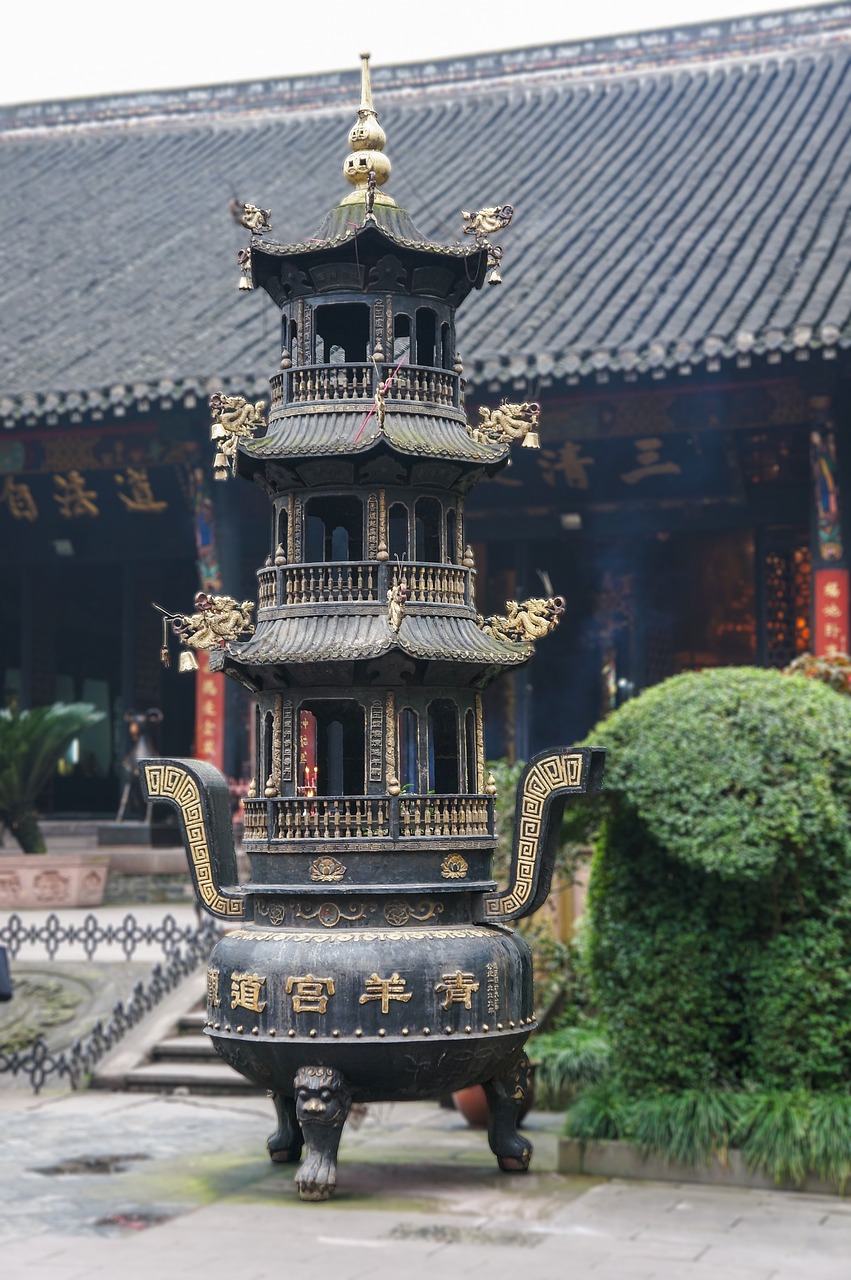
3. Du Fu Thatched Cottage
Keywords: Du Fu Thatched Cottage, Tang Dynasty, poet
The Du Fu Thatched Cottage is a historical site dedicated to the renowned Tang Dynasty poet, Du Fu. This tranquil retreat provides visitors with a glimpse into the life and works of one of China’s most celebrated literary figures. The cottage complex consists of various buildings, gardens, and exhibits that pay homage to Du Fu’s poetry and his enduring influence on Chinese literature.
- Poetic Inspiration: Du Fu wrote many of his famous poems during his stay at the thatched cottage, making it a place of great literary significance.
- Authentic Reconstruction: The current cottage complex is a faithful reconstruction of the original dwelling, allowing visitors to experience the environment that inspired Du Fu’s poetry.
- Exhibition Halls: The site features exhibition halls that showcase Du Fu’s life, works, and the historical context in which he wrote, providing a deeper understanding of his contributions to Chinese culture.
- Scenic Gardens: Visitors can explore the beautifully landscaped gardens surrounding the cottage, which are designed to evoke the natural beauty that inspired Du Fu’s verses.
4. Sanxingdui Museum
Keywords: Sanxingdui Museum, ancient civilization, archaeological discoveries
The Sanxingdui Museum is dedicated to the ancient civilization that existed in the Chengdu region over 4,000 years ago. The museum showcases the remarkable archaeological discoveries made at the nearby Sanxingdui archaeological site, including massive bronze sculptures, jade artifacts, and exquisite gold masks. These artifacts shed light on a previously unknown civilization and challenge our understanding of ancient Chinese history.
- Bronze Sculptures: The museum houses a collection of large-scale bronze sculptures, including the iconic “Standing Figure,” which stands over 8 feet tall and displays intricate details and artistic mastery.
- Golden Masks: One of the most striking discoveries at the Sanxingdui site is a series of golden masks, each adorned with unique patterns and symbols, representing the ancient civilization’s religious and cultural beliefs.
- Archaeological Excavation: Visitors can learn about the ongoing excavation work at the Sanxingdui site and witness the process of uncovering new artifacts.
- Interactive Exhibits: The museum offers interactive exhibits that allow visitors to explore the mysteries of the ancient civilization, including the use of advanced technologies and multimedia presentations.
Chengdu China Image 3:

5. Kuanzhai Alley
Keywords: Kuanzhai Alley, historical neighborhood, Qing Dynasty
Kuanzhai Alley, also known as Wide and Narrow Alley, is a well-preserved historical neighborhood that dates back to the Qing Dynasty. This charming area consists of three parallel lanes, each with its unique architectural style and cultural atmosphere. Visitors can wander through the alleys, marvel at the traditional courtyard houses, and immerse themselves in the vibrant local culture.
- Historical Preservation: Kuanzhai Alley has been meticulously restored to retain its original charm, offering visitors a glimpse into the lifestyle and architecture of the Qing Dynasty.
- Traditional Courtyard Houses: The neighborhood is lined with traditional courtyard houses, which were once the residences of government officials and wealthy merchants.
- Teahouses and Shops: Along the alleys, visitors can find numerous teahouses, shops, and boutique stores, where they can savor local delicacies, purchase traditional crafts, and experience the lively atmosphere.
- Cultural Performances: Kuanzhai Alley often hosts cultural performances, including Sichuan opera, puppet shows, and folk dances, providing a captivating glimpse into the local arts and traditions.
6. Qingyang Palace
Keywords: Qingyang Palace, Taoist temple, ancient architecture
The Qingyang Palace, also known as the Temple of Green Ram, is a Taoist temple that dates back to the Tang Dynasty. This architectural marvel showcases the beauty of traditional Chinese temple design and is an important religious site for Taoist practitioners. Visitors can explore the various halls, pavilions, and gardens within the temple complex while immersing themselves in the serene atmosphere of Taoist spirituality.
- Ancient Architecture: The Qingyang Palace exhibits classic Chinese architectural styles, with intricately carved beams, colorful murals, and elegant courtyards.
- Hall of Three Purities: The main hall of the temple, known as the Hall of Three Purities, is dedicated to the three highest deities of Taoism and features elaborate altars and statues.
- Medicinal Herb Garden: Within the temple grounds, there is a medicinal herb garden where visitors can learn about traditional Chinese herbal medicine and its role in Taoist practices.
- Taoist Rituals: Visitors may have the opportunity to witness Taoist rituals and ceremonies performed by the temple’s resident Taoist priests, providing a unique cultural experience.
7. Wenshu Monastery
Keywords: Wenshu Monastery, Buddhist temple, cultural relics
The Wenshu Monastery, also known as Manjushri Monastery, is a renowned Buddhist temple that dates back to the Tang Dynasty. This spiritual sanctuary offers visitors a serene escape from the bustling city and provides a glimpse into Buddhist traditions and teachings. The monastery houses a vast collection of cultural relics, including ancient scriptures, Buddhist statues, and exquisite artwork.
- Peaceful Atmosphere: Wenshu Monastery is known for its tranquil ambiance, with beautifully landscaped gardens, peaceful courtyards, and the soothing sound of chanting monks.
- Grand Hall: The Grand Hall is the main building of the monastery and houses a magnificent statue of the Bodhisattva Manjushri, the embodiment of wisdom.
- Teahouse and Vegetarian Restaurant: Visitors can relax at the traditional teahouse or savor vegetarian dishes at the monastery’s restaurant, immersing themselves in the monastic lifestyle.
- Scripture Library: The monastery’s scripture library contains a vast collection of Buddhist texts, providing a valuable resource for scholars and practitioners.
8. Leshan Giant Buddha
Keywords: Leshan Giant Buddha, UNESCO World Heritage Site, Buddhist sculpture
The Leshan Giant Buddha is an awe-inspiring UNESCO World Heritage Site located near Chengdu. Carved into the side of a cliff, this colossal statue is the largest stone Buddha in the world, standing at a height of over 230 feet. The Leshan Giant Buddha is a testament to the skill and dedication of ancient craftsmen and remains a significant pilgrimage site for Buddhists.
- Architectural Marvel: The Leshan Giant Buddha is an extraordinary feat of engineering and craftsmanship, showcasing the intricate details of the Buddha’s hair, hands, and robes.
- Scenic Surroundings: The statue is surrounded by stunning natural scenery, with the merging of three rivers and lush green mountains, creating a picturesque backdrop.
- Stone Carvings: Visitors can explore the intricate stone carvings that adorn the cliffside, depicting various Buddhist deities, guardians, and scenes from Buddhist scriptures.
- Pilgrimage Destination: The Leshan Giant Buddha attracts numerous pilgrims who come to pay their respects and seek blessings from the sacred statue.
9. Jinli Ancient Street
Keywords: Jinli Ancient Street, traditional architecture, local crafts
Jinli Ancient Street is a vibrant pedestrian street that showcases the charm of ancient Chinese architecture and traditional culture. Located near the Wuhou Shrine, this bustling street is lined with shops, teahouses, and street food stalls, offering visitors a chance to immerse themselves in the local atmosphere and indulge in traditional snacks and souvenirs.
- Traditional Architecture: Jinli Ancient Street features traditional architectural styles, with red lanterns, wooden facades, and intricate carvings, creating a nostalgic ambiance.
- Local Crafts and Souvenirs: Visitors can browse through a wide array of local crafts, such as calligraphy, paintings, Sichuan opera masks, and bamboo products, making it an ideal place to find unique souvenirs.
- Street Performances: Jinli Ancient Street often hosts traditional performances, including folk music, puppet shows, and face-changing performances, adding to the lively atmosphere.
- Culinary Delights: The street is renowned for its delicious snacks, such as spicy Sichuan cuisine, sugar paintings, and local teas, allowing visitors to savor the flavors

